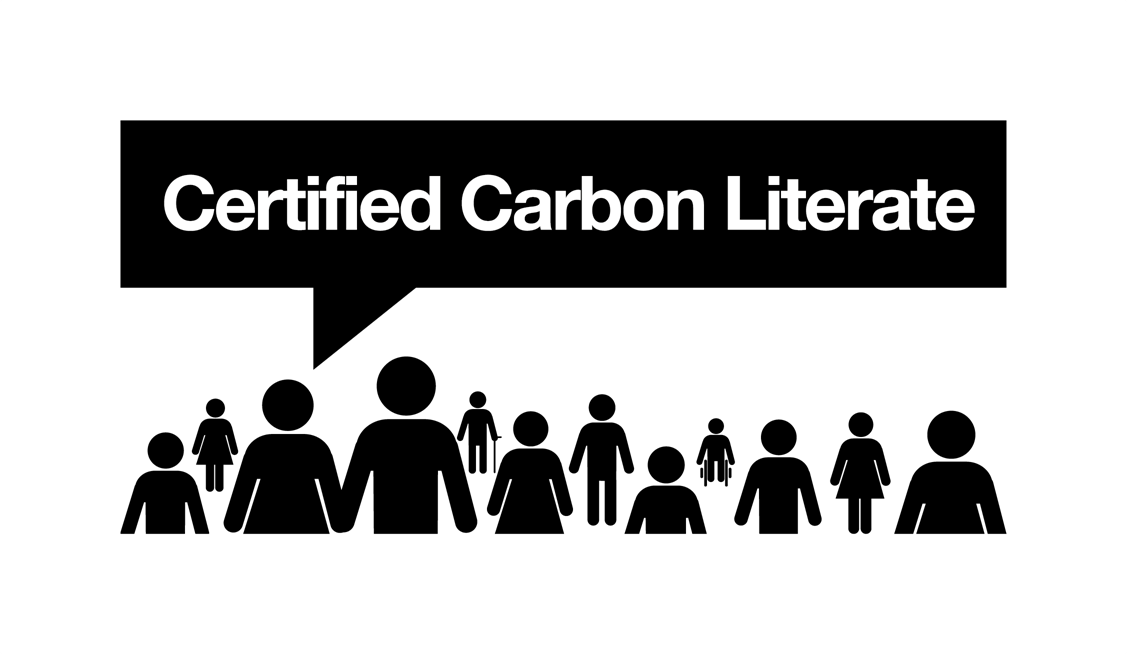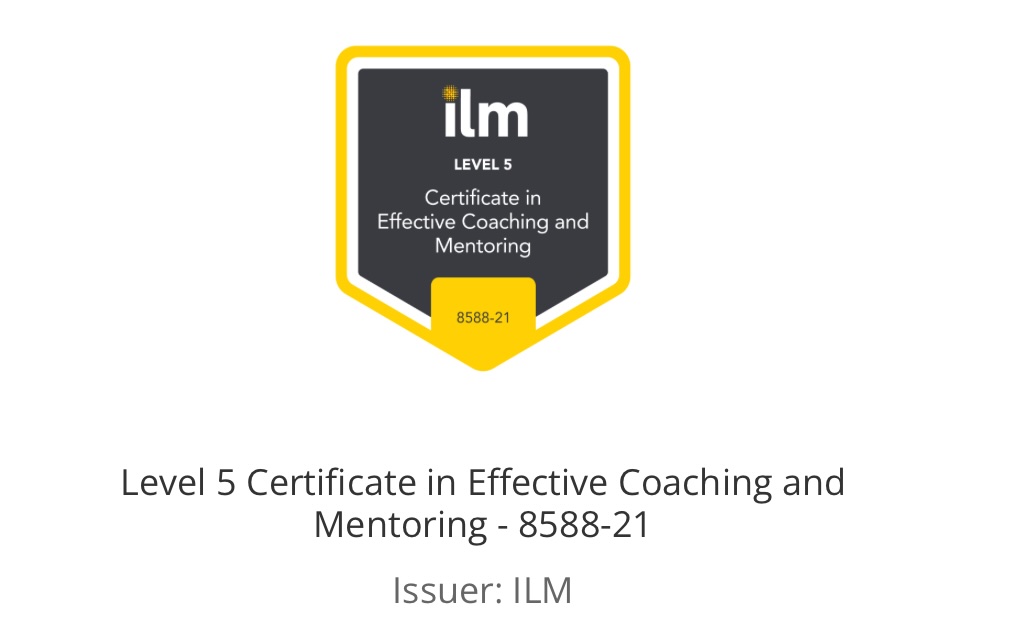When faced with physical or emotional pain, our instinct is often to make it stop. For physical pain, we take medication, while emotional pain is often masked with distractions. We treat pain as something negative, something to get rid of. But pain is actually a signal—our body’s way of telling us to pause, pay attention, and make changes.
Like most people, I don’t like pain. I want it to go away because it feels like an obstacle preventing me from getting things done. I’ve always had headaches, but in the past seven months, they became a constant, sometimes excruciating, part of my life. These headaches often came with other symptoms—vomiting, brain fog, lack of focus—that made daily functioning difficult on most days and some days more or less impossible.
When the headaches first started, I took a few days off work but quickly returned, still in pain. A month later, a severe episode landed me in the hospital overnight. That’s when I realized something was seriously wrong. My body was sending me a message, and it was time to listen.
Pain is, at its core, a warning system, telling us that something is off balance. But in modern life, we often dismiss it because it’s inconvenient. Like many others, I ignored my pain until it became impossible to do so. In hindsight, my body had been signalling for months—perhaps even years—that I was pushing myself too hard and running on empty.
Through mindfulness—both formal practices and just paying attention to my daily actions—I began to notice unhealthy patterns. My body was reacting to the way I had been living, manifesting emotional stress through physical pain. After undergoing medical checks that ruled out any serious physiological issues, it became clear that I had been overextending myself for too long.
Seven months into this journey, I’ve chosen to take a holistic approach to managing my headaches. Instead of opting for the typical medical route of taking preventative drugs (which, ironically, can cause more headaches), I consulted healthcare professionals and pursued a more functional medicine approach. With headaches and migraines, lifestyle factors often play a significant role, and I’ve focused on addressing these factors.
Mindfulness has been a key tool in helping me manage this situation. It gave me the space to look at the bigger picture and develop a routine that works for me. What’s been effective for me might not work for everyone, so I encourage consulting with a healthcare provider if you’re dealing with pain.
So, what changes have I made? The essence of my approach has been routine, slowing down, and letting things be.
The first step was resetting my sleep routine. By going to bed an hour earlier and creating a wind-down routine—limiting exposure to blue light, increasing exposure to red light, and engaging in relaxing activities like reading—I improved the quality of my sleep. I also make sure to have my evening meal 2-3 hours before bed, which aids digestion and further supports restful sleep.
Better sleep allows me to start my mornings earlier, incorporating 15 minutes of mindful movement to gently wake up my body. A brisk morning walk follows, which has become essential for grounding me and setting a positive tone for the day. Exposure to natural light helps regulate my circadian rhythm and contributes to better sleep at night. On days I miss my walk, I can feel the difference—it’s as essential to me as caffeine is to others. Spending time in nature, I’ve found, is crucial to the healing process.
In addition to changing my sleep and movement habits, I’ve become more mindful about what I eat. Tracking food and its effects on my body has helped me spot patterns that influence my headaches and overall well-being.
Slowing down also involves mindful breathing exercises. I practice different techniques, from simply observing my breath to engaging in deep, conscious breathing that moves into my abdomen. These practices have helped alleviate headaches and also reduce anxiety. While they require practice, I’ve found that 15 minutes of conscious breathing can significantly shift how I feel.
One of the most important lessons I’ve learned is to stop fighting the pain. Instead of resisting headaches and the brain fog that comes with them, I’ve learned to accept them. By acknowledging these symptoms as signals from my body rather than nuisances, I avoid what Buddhists refer to as the “second arrow”—the emotional suffering we add to the initial pain. In my case, that would be feeling angry or sorry for myself, which only worsens the situation.
By reducing my resistance, the headaches have become more manageable. They’re still there, but I can coexist with them in a more peaceful way. I’ve also become more grateful for the times when I don’t have headaches and for my body’s ability to heal.
Ultimately, this journey has allowed me to peel back the layers of unhealthy habits and patterns. Mindfulness hasn’t been a cure-all, but it has helped me become more aware of what my body and mind need. It’s given me the ability to pause, reflect, and make choices that lead to a healthier, more balanced life.
If you’re living with pain, I feel you.
This blog was first published by May on 8th March 2023 in a longer version on a different website, which is now no longer used by the author.
Disclaimer: I have discussed my approach with relevant medical professionals and have concluded that this is the right approach for me. Please speak to your medical professional about the options that are available to you.


